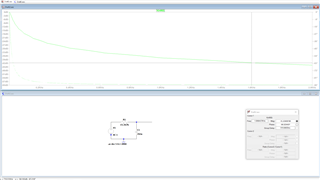Other Parts Discussed in Thread: UC3854
Tool/software:
Hi Team,

Please tell me the gain of the voltage error amplifier shown in the typical application of UCC2818A-Q1 datasheet and what is the output of the voltage error amplifier during light load conditions such as 35W and full load power such as 250W.
Best Regards,
Aravind S.




